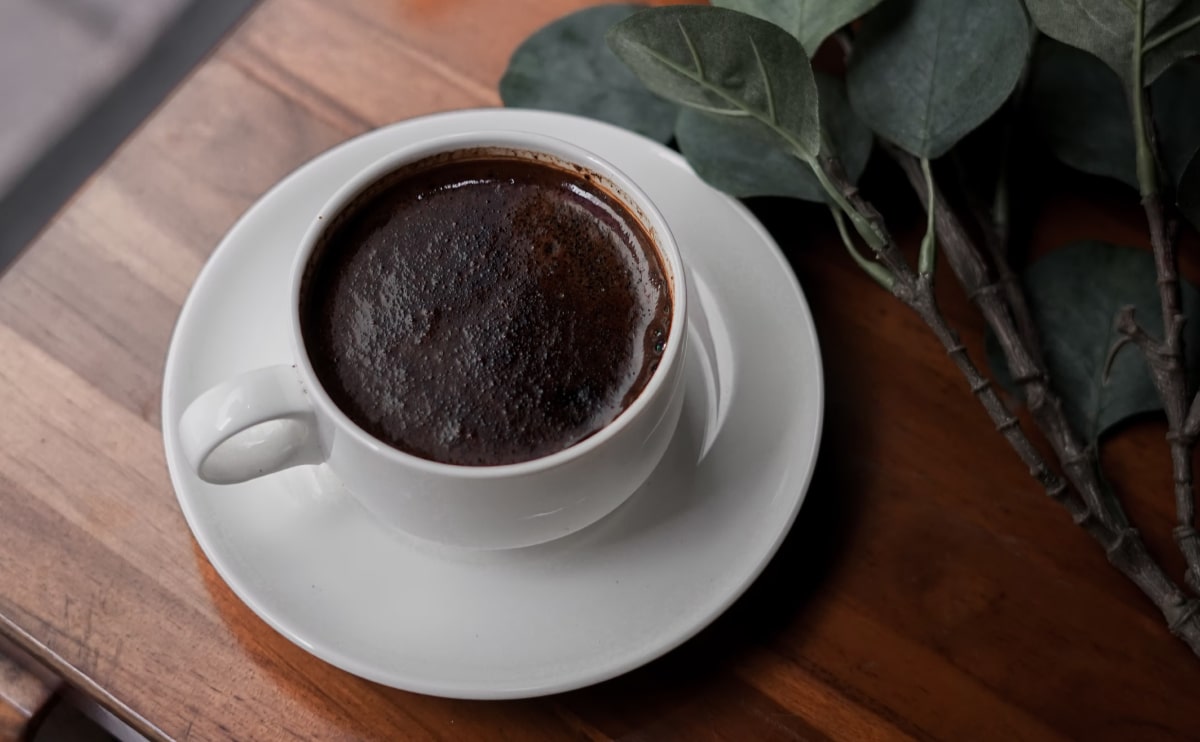The art of brewing a perfect cup of coffee goes beyond the simple act of pouring water over grounds. It’s a ritual, an experience, and an opportunity to fully appreciate the unique flavors of the beans you’re using. For coffee lovers who are passionate about Tanzanian and Rwandan coffee, the journey from bean to cup is even more special. These beans are known for their distinct flavors, complex aromas, and rich histories that make every sip feel like a connection to the African landscapes where they were grown.
In this blog post, we’ll explore the best tips and techniques for brewing Tanzanian and Rwandan coffee. Whether you’re using a classic pour-over, a French press, or an espresso machine, the following methods will help you extract the best flavors and enjoy your coffee to the fullest.
1. Understanding the Unique Flavor Profiles of Tanzanian and Rwandan Coffee
Before we dive into brewing methods, it’s important to understand what makes Tanzanian and Rwandan coffee so special. Each region produces beans with distinct characteristics that influence how they taste once brewed.
Tanzanian Coffee: Tanzanian coffee is often grown on the slopes of Mount Kilimanjaro and the Mbeya region. The high altitudes and rich volcanic soils contribute to beans with bright acidity, citrusy notes, and floral undertones. When you brew Tanzanian coffee, you’ll likely notice a lively, fruity flavor profile with hints of black currant, grapefruit, and even wine-like qualities.
Rwandan Coffee: Rwandan coffee is cultivated in the high-altitude regions of the country, with most beans being grown by smallholder farmers. Rwandan coffee tends to have a balanced flavor profile with notes of red fruit, vanilla, and caramel. There’s often a pleasant creaminess to the body, along with a hint of spiciness or nuttiness.
By understanding these flavor profiles, you can better appreciate the unique qualities of your coffee and choose the brewing method that highlights the specific characteristics you enjoy most.
2. Selecting the Right Grind Size for Your Brewing Method
The grind size of your coffee beans plays a crucial role in how the coffee extracts during brewing. The grind size you choose will depend on the brewing method you plan to use.
- Coarse Grind: Best for French press or cold brew methods. The larger grind particles allow for slower extraction, resulting in a rich, full-bodied coffee.
- Medium-Coarse Grind: Ideal for pour-over methods like Chemex. This grind size provides balanced extraction and highlights the beans’ natural flavors.
- Medium Grind: Suitable for drip coffee makers or AeroPress. This grind size ensures a consistent brew without over-extracting the coffee.
- Fine Grind: Best for espresso or Moka pot brewing. A fine grind allows for quick extraction under pressure, resulting in a concentrated and intense flavor.
When brewing Tanzanian or Rwandan coffee, experimenting with different grind sizes can help you find the perfect balance of flavors that best suits your palate.
3. Water Quality and Temperature: The Key to a Great Brew
Water makes up the majority of your coffee, so it’s important to use high-quality water to achieve the best results. Ideally, you should use filtered water to avoid any impurities that can affect the flavor of your coffee.
The temperature of your water is another important factor. The optimal brewing temperature for coffee is between 195°F and 205°F (90°C to 96°C). Water that is too hot can result in over-extraction, leading to bitter flavors, while water that is too cool can under-extract the coffee, resulting in a weak and sour brew.
For Tanzanian and Rwandan beans, aiming for the middle of this temperature range (around 200°F) is a safe bet. This will ensure that you extract the delicate floral and fruity notes without compromising the overall balance of the cup.
4. Brewing Methods for Tanzanian and Rwandan Coffee
There are many different ways to brew coffee, each with its own strengths and benefits. Here, we’ll explore three popular brewing methods that work particularly well with Tanzanian and Rwandan coffee beans.
a. Pour-Over (Chemex or Hario V60)
Pour-over brewing is an excellent way to highlight the bright acidity and complex flavors of Tanzanian and Rwandan coffee. The method gives you complete control over the brewing process, allowing you to fine-tune the extraction.
Steps:
- Boil filtered water and let it cool slightly to around 200°F.
- Place a paper filter in your Chemex or Hario V60 and rinse it with hot water to remove any paper taste.
- Add your medium-coarse ground coffee (use a 1:16 coffee-to-water ratio).
- Slowly pour the water in a circular motion over the grounds, starting in the center and working outward.
- Allow the coffee to bloom (let it rest) for about 30 seconds, then continue pouring in stages until all the water has passed through the coffee.
The result is a clean, crisp cup that brings out the fruity, floral notes of the coffee, particularly in Tanzanian beans.
b. French Press
The French press is perfect for those who enjoy a rich, full-bodied cup of coffee. This method allows for maximum extraction of oils and flavors, resulting in a robust brew that highlights the creamy, caramel-like qualities of Rwandan coffee.
Steps:
- Heat filtered water to just below boiling (about 200°F).
- Add coarsely ground coffee to the French press (use a 1:15 coffee-to-water ratio).
- Pour the hot water over the grounds and stir gently.
- Place the lid on the French press, but don’t plunge yet. Let the coffee steep for about 4 minutes.
- After steeping, slowly press the plunger down, separating the grounds from the coffee.
This method produces a bold, rich coffee with a creamy mouthfeel and intense flavors.
c. Espresso
If you’re looking for a more concentrated and intense coffee experience, espresso is the way to go. The fine grind and high-pressure extraction of espresso bring out the more robust and complex flavors of both Tanzanian and Rwandan coffee.
Steps:
- Use finely ground coffee (specifically for espresso).
- Tamp the grounds firmly into the portafilter of your espresso machine.
- Brew with hot water (about 200°F) at 9 bars of pressure.
The result is a small, concentrated shot of coffee with a thick crema. The bright acidity of Tanzanian coffee shines through in espresso, while the rich, caramel notes of Rwandan coffee are deepened by the brewing process.
5. Enhancing Your Coffee Experience with Herbal Infusions
One of the unique aspects of Respite Grounds Coffee is the infusion of Dr. Formulated Herbals and Extracts into our coffee blends. These herbal infusions not only add depth to the flavor of the coffee but also offer potential health benefits, making your cup of coffee more than just a morning ritual—it’s a wellness experience.
Some of the herbs and extracts infused into our coffee blends are known for their antioxidant properties, immune-boosting benefits, and calming effects. When brewing your coffee, consider pairing it with foods or rituals that enhance these wellness properties, such as enjoying your coffee alongside a morning meditation or a healthy breakfast.
6. The Perfect Finish: Pairing Your Coffee with Food
To fully appreciate the flavors of Tanzanian and Rwandan coffee, consider pairing your brew with complementary foods. Here are a few suggestions:
- Tanzanian Coffee Pairings: The bright acidity and fruity notes of Tanzanian coffee make it a great match for fresh fruits, pastries with citrus elements, or light breakfast dishes like yogurt with berries.
- Rwandan Coffee Pairings: The rich, caramel flavors of Rwandan coffee pair well with chocolate desserts, nuts, or savory dishes like croissants or buttered toast.
Experimenting with different food pairings can enhance the flavors of your coffee and create a more complete tasting experience.
Conclusion: A Journey of Flavor and Craftsmanship
Brewing the perfect cup of Tanzanian or Rwandan coffee is a journey that connects you to the farmers who cultivated the beans, the landscapes where they were grown, and the flavors that make them unique. By understanding the distinct characteristics of these beans, choosing the right brewing method, and paying attention to the details, you can unlock the full potential of your coffee and enjoy a rich, flavorful experience in every cup.
At Respite Grounds, we’re proud to offer ethically sourced, premium coffee beans infused with wellness-enhancing herbs. So whether you prefer a bright and lively Tanzanian coffee or a rich and creamy Rwandan brew, we invite you to savor the journey from farm to cup with us.



